The Institute of Classical Architecture & Art SoCal: Past & Future.
By Renée Soucy

In most creative writing classes, Shakespeare is rarely mentioned, not because the Bard’s canon of work has been forgotten or deemed irrelevant, but because his influence is so omnipresent, so all-encompassing in English literature that mentioning him is akin to mentioning oxygen in the air. For the built environment, the same can be said about Classical Architecture and Art: concepts like proportion, balance, and symmetry have been evident in almost every human-made space since the days of Ancient Greece and Rome.
Millenia later it is becoming ever more apparent that these principles—proportion and balance, history, theory, and mastery of traditional materials and construction techniques—have lasting impact on the health of individuals, communities, and the planet itself.
Despite this (and for various reasons) many modern architecture programs do not focus on or require fluency in classical principles. Thankfully The Institute of Classical Architecture & Art's (ICAA) is on a mission to “advance the appreciation and practice of the principles of traditional architecture and its allied arts by engaging educators, professionals, students, and enthusiasts.”
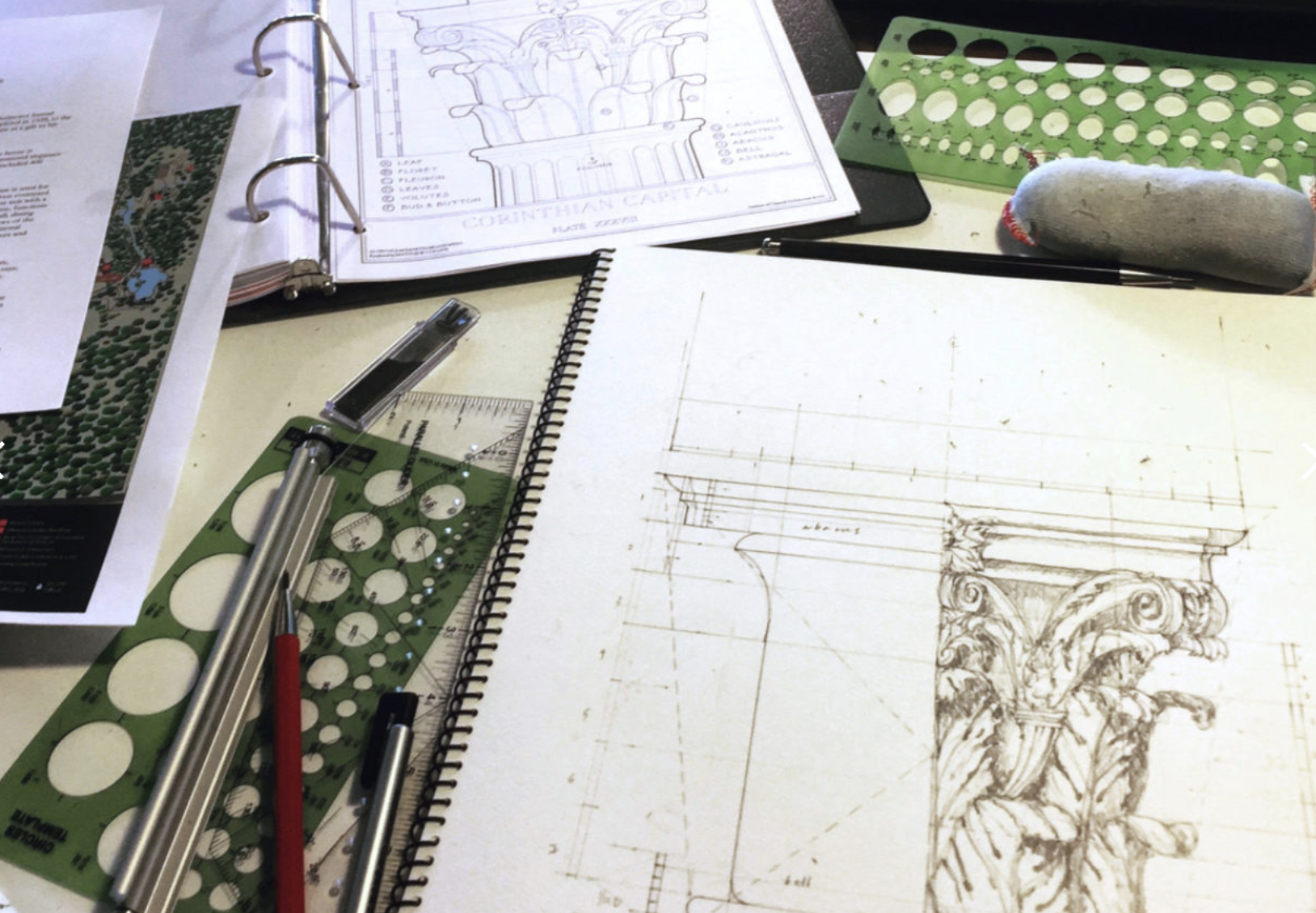
ICAA Preserves Classical Design in SoCal's Architectural Landscape
By upholding the principles of classical design, ICAA ensures the preservation of architectural traditions while facilitating their adaptation to the present context. By doing so, the organization contributes to the creation and preservation of a beautiful, culturally significant, and enriching environment.
Here in Southern California, where classical architecture and design have flourished since the era of the Spanish Missions, it took until 2004 for a local, Los Angeles branch (one of 15 nationwide) to form. Since then, ICAA Southern California has played a vital role in our Los Angeles and SoCal design community, promoting classical architecture, providing education and resources, advocating for its inclusion in contemporary projects, fostering professional networks, and—most importantly—engaging with the wider public.
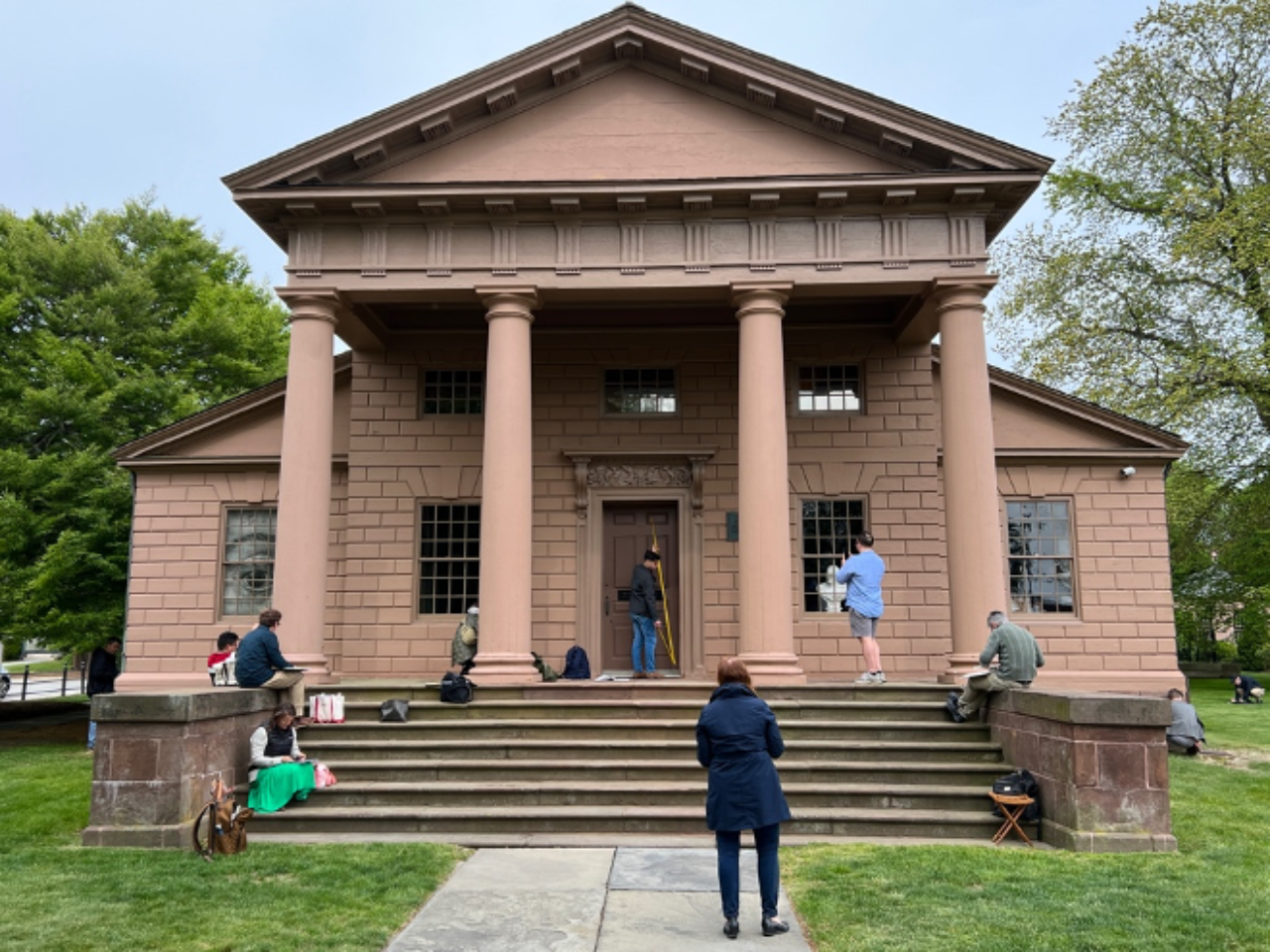
ICAA Southern California’s Programming
ICAA Southern California’s programming includes academic lectures and studio classes; private tours of significant residences rarely opened to the public, in addition to educational meetings held online in local artisan workshops, design offices and product showrooms. Through community outreach, members of the public are welcomed into a forum of professionals and enthusiasts to share their love for and commitment to the timeless principles of beauty, proportion, and observation that are embodied in classicism. ICAA SoCal members include renowned architects, interior and landscape designers, students, builders, artisans, historians, artists, enthusiasts, and vendors, among others.
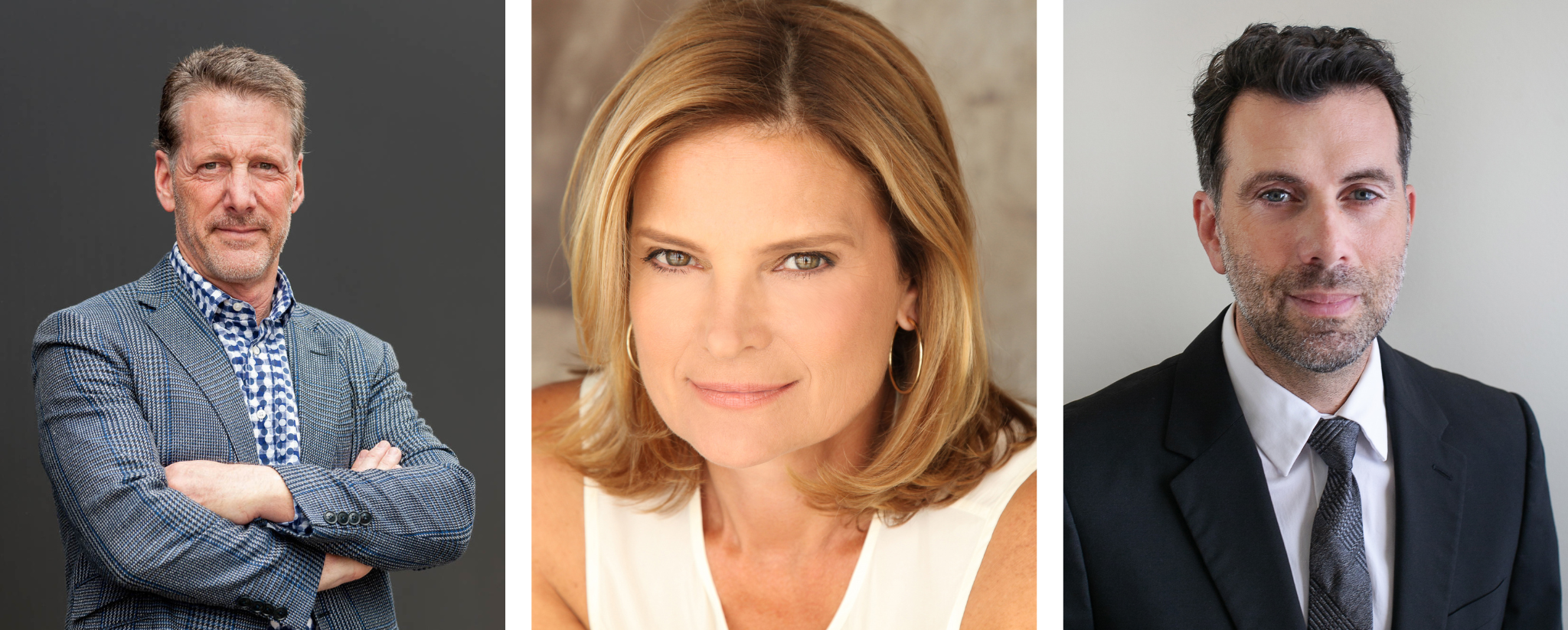 Russ Diamond, Elizabeth Dinkel, Darren Franks
Russ Diamond, Elizabeth Dinkel, Darren Franks
Insights From ICAA SoCal President, Vice President & Russ Diamond
We spoke with the ICAA SoCal President Darren Franks, Vice President Elizabeth Dinkel and our own Russ Diamond (ICAA board member) to get their take on the unique regional identity of Southern California’s built environment, what it means to forge connections with community, and how they’re working to clear the misconceptions around the world of all things classical.
DoT: Tell us how you came to be a member of ICAA, the benefits you’ve received as a member, and what compelled you to become part of the leadership?
Darren: Back in the early 2000s, Marc Appleton and David Cohen started this chapter of the ICAA. I heard about it and went to an event early on and it was fascinating. It was like-minded people who worked in our field, who did very high-end work, whether they were architects, designers, contractors, vendors, suppliers, and I just became intrigued. I became a member shortly thereafter.
“The best part of our chapter is, to me, where we provide free education to young people.”
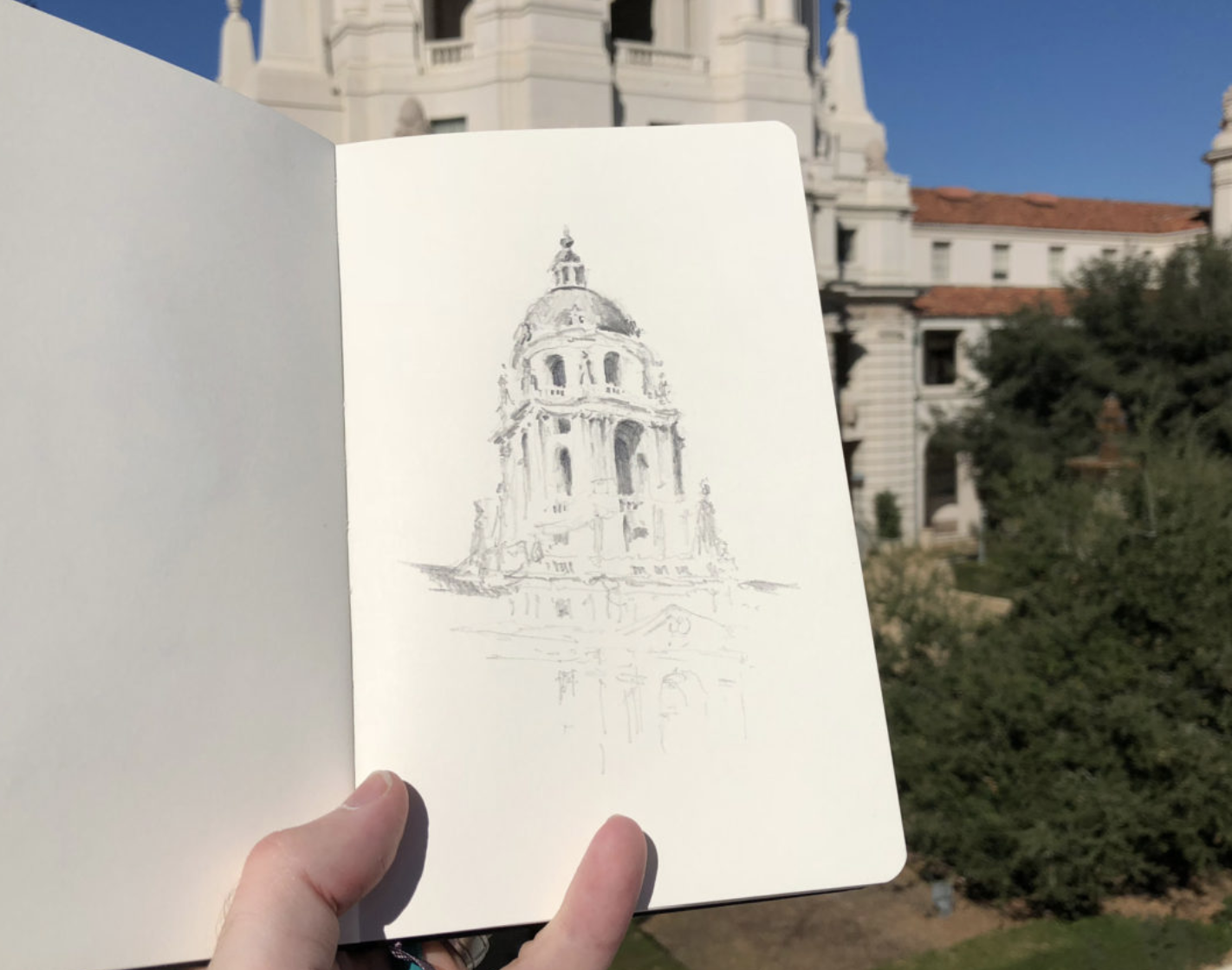
It's been fantastic. The best part of our chapter is, to me, where we provide free education to young people. We introduce them to the basic principles of classical architecture, art, and construction design. When I’m asked, “Are you fulfilled by being involved in the chapter?” My answer is “Yes, we all have our careers, and I work around a lot of very successful people in our field, but when you look back on life and you've offered your help, you’ve provided your expertise, and you've given your leadership in ways that help people, there’s something incredibly special about that. I've really benefited from giving back and being a part of our institution as it pertains to providing education to young students.”
Elizabeth: I’ve always been an architecture aficionado. I love all types…contemporary, modern, traditional but particularly classical architecture and the study of order and symmetry. L.A. has traditionally been a melting pot of architectural styles but there’s a dwindling supply of noteworthy classical buildings. I love that the ICAA advocates for these historic structures, that we do a deep dive into classical architects and their styles, that we learn about building techniques, and classical gardens and literally everything in between. The content that our organization produces is just top-notch—we have the best speakers, lecturers and authors in their respective fields. I’m always learning something new and meeting people that make me better at what I do—it’s been so rewarding—being a part of the ICAA leadership has been a way to give back and be a larger part of the greater L.A. design community.
“…being a part of the ICAA leadership has been a way to give back and be a larger part of the greater L.A. design community.”
Russ: I got involved with ICAA almost a decade ago after Marc Appleton (who played a big role in bringing the organization to Southern California) inspired me to get involved. Snyder Diamond was focusing more on our relationship with the trade community, and many of those key customers were ICAA members. The organization’s involvement in the design community promoting and advocating for classic and iconic design and architecture are an inspiration.
Aside from having made many good friends throughout my tenure serving on the board, I admire and support the work we do with L.A.’s architects, students, teachers and many other cross-discipline professionals involved with the building arts. Through various initiatives, programs and scholarships ICAA works hard to create networking and educational opportunities for our community and a more beautiful and livable built environment—I’m proud to be a part of those efforts.
“ICAA works hard to create networking and educational opportunities for our community and a more beautiful and livable built environment.”
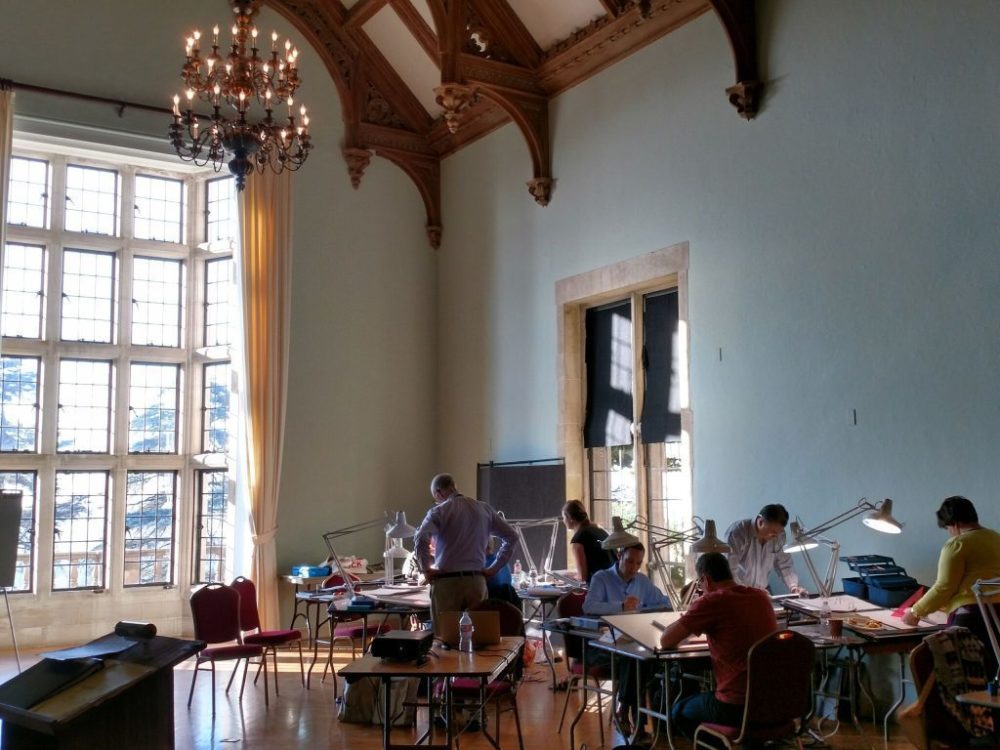
DoT: What do you think is the biggest misconception about the ICAA and what the organization represents? What are you doing to overcome these?
Darren: The biggest misconception is that we’re all elbow-patch wearing, cravat-wearing, so-called connoisseurs of our field specializing in the traditional… a fuddy-duddy type of thing. We are overcoming that. If you look at classical architecture, it goes very very far back in history to Greco-Roman times and it's predicated on beautiful design. Design that connects with the human being, the human form.
If you look at any historic city center, when things of importance happen within a society or within a culture, people gravitate towards historic, classically designed buildings. These buildings resonate. They connect people to their history of the city, and they are for everyone, not just for the wealthy. Classical architecture and this type of organization historically may have been perceived as just being for Elites but it's absolutely not that and we hope to have changed that and continue to change that as we move forward.
Elizabeth: People tend to think our organization is a stodgy group that talks only about tired old buildings. While I love old houses and the study of classical architecture, we’re anything but…the Southern California chapter is the largest in the country and our membership seeks to reflect the diverse makeup of our wonderful city. We have a younger group within our chapter called the Neo Classicists. We have speakers and interactive panels that discuss issues that affect all of our practices whether they be design or architecture or even garden related. We do so much good programming—there’s really something for everyone, especially if you love architecture.
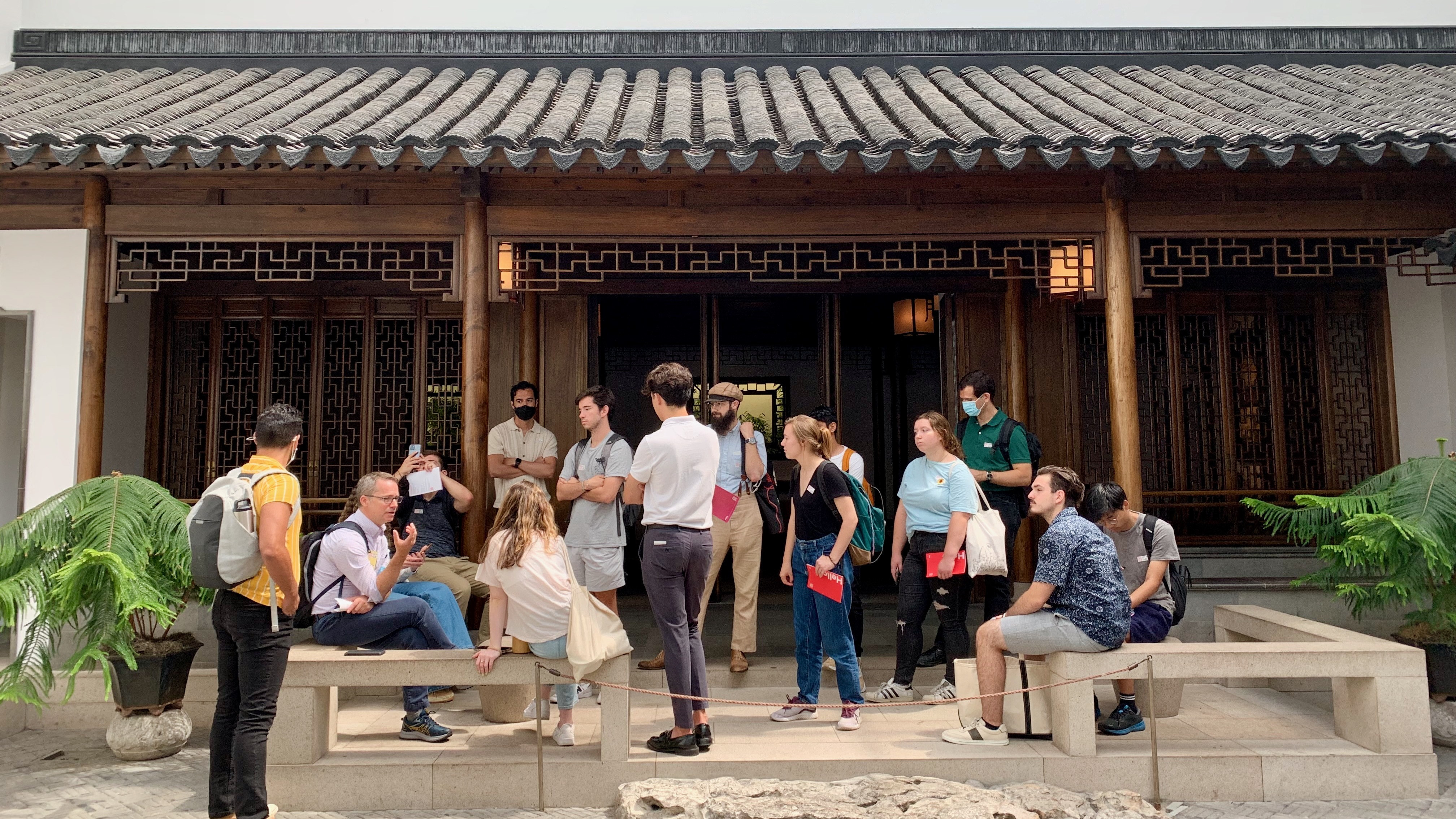
DoT: Is there a place for modern architecture and design enthusiasts at the ICAA?
Darren: Yes, there is. We all appreciate good architecture and modern architecture, just like classical architecture. We’re like-minded. We care about detail, we care about quality and I think that we, as ‘classicists’, share with ‘modernists’ an appreciation for the highest quality and design. We appreciate ‘both sides’ of architecture.
We absolutely welcome modernists and I think we have something to learn from them and, equally, there are things that they can learn from us.
Elizabeth: Absolutely, there’s honestly something for anyone who shares a passion for architecture and design!
DoT: In such a rapidly changing world, why is it important to be conversant in classical design and engineering principles? Why is expanding education and awareness such a priority?
Elizabeth: With fewer & fewer schools and universities teaching the study of Classical Architecture, a large part of our mission has become advocating and teaching this classical practice. It’s such a building block to other studies whether they be art history, engineering, urban planning, environmental sciences or even just the history of architecture, the study of any classical discipline lays the foundation for so much more.

To learn more about the mission and history of the ICAA, visit https://classicist-socal.org/.
CONTACT
Institute of Classical Architecture & Art, Southern California Chapter
Address: PO Box 29010 | Los Angeles, CA 90029
Email: [email protected]
Phone: 213-640-2383
Other Posts We Think You Might Like

For Thomas Lavin, the desire to become an interior designer started early. Very early, in fact,
View Post
Women’s History Month | Celebrating the women of Snyder Diamond who inspire us, today and every day.
View Post
This May, British bath manufacturer Victoria + Albert debuted their new line, Amiata, at ICFF in New York. An instant hit—and an instant classic—the design marks the firm’s first collaborative project and highlights their commitment to produce cutting-edge yet timeless forms.
View Post

